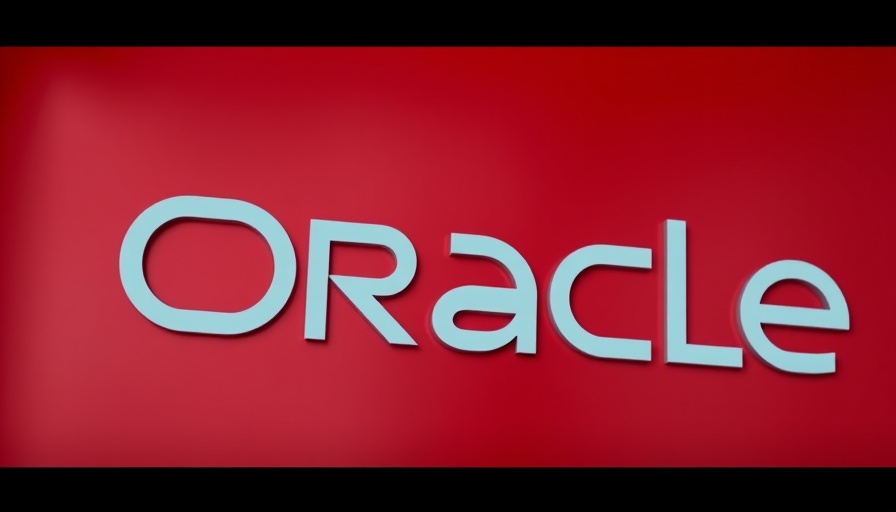
Coal India’s Commitment to Worker Welfare
The announcement by Union Coal and Mines Minister G Kishan Reddy that Coal India will enhance the ex gratia payment for workers involved in mine accidents from ₹15 lakh to ₹25 lakh showcases the company's commitment to worker welfare. This significant increase, effective from September 17—also recognized as Vishwakarma Diwas and Prime Minister Narendra Modi's birthday—marks a substantial step in prioritizing the safety and well-being of workers in one of India's largest industries. The government’s initiative responds to growing concerns about workplace safety and the need for adequate compensation in hazardous environments.
Expanded Benefits and Insurance Coverage
In addition to increasing the ex gratia amount, Coal India will also implement a new accidental insurance policy. Employees will now be covered for ₹1 crore, while contractual workers will receive ₹40 lakh in coverage. Such measures reflect a proactive approach to managing worker safety and benefits, further empowering employees and their families in times of need. The introduction of these benefits can significantly enhance worker satisfaction and retention, making it crucial for other companies in the industry to consider similar adaptations in their compensation strategies.
Why Uniforms Matter: Fostering Discipline and Unity
Another groundbreaking decision is the introduction of uniforms for all employees at Coal India, including its chairman and managing directors. This policy is not just about aesthetics; it embodies a cultural shift towards uniformity, discipline, and unity within the workforce. By fostering a stronger company identity, Coal India is setting a precedent in an industry long characterized by a lack of cohesive employee representation. This move may improve employee morale and create a sense of belonging, which is often linked to higher levels of engagement and productivity.
Future Directions: Coal India’s Role in Mineral Exploration
Minister Reddy emphasized that the government is dedicated to scaling back coal imports while boosting domestic mineral exploration. This strategic initiative includes a ₹32,000 crore National Critical Mineral Mission, intending to enhance participation from both public and private sectors. Such exploration is particularly significant in the context of India's engagement with nations like Argentina and Zambia for lithium blocks, which play a crucial role in the renewable energy landscape. As the country navigates the transition to sustainable energy, Coal India’s leadership in this space could redefine its operational and strategic foresight.
Aligning Employee Benefits with Corporate Strategy
The changes at Coal India underscore a broader trend where corporations align employee benefits with their strategic vision. Companies need to recognize that investing in employee welfare is not just a regulatory compliance issue but a core business strategy fostering long-term growth and sustainability. Enhanced employee benefits can lead to increased workforce productivity, reduced turnover rates, and enhanced company reputation—hallmarks of an effective human capital management strategy. As businesses evaluate their compensation strategies, adopting comprehensive benefits packages that prioritize employee engagement and satisfaction will be crucial.
The Importance of Keeping Pace with Payroll Management
As Coal India takes pivotal steps in enhancing worker benefits, it also brings to light the importance of effective payroll management systems. Making adjustments in compensation requires robust HR technology and systems that streamline benefits administration and payroll processing. Ensuring compliance with HR policies and managing compensation benchmarking effectively can significantly contribute to operational efficiency. Companies must increasingly invest in HR software solutions and payroll automation to support these necessary transformations.
Conclusion: Looking Ahead to Future Reforms
As Coal India leads the charge in enhancing worker welfare, other industries can take cues from these developments. The integration of extensive safety measures, benefits, and a culture of unity can prepare these companies for the evolving landscape of labor rights and employee satisfaction. For HR professionals, payroll managers, and corporate leaders, aligning benefits with business goals will be key to fostering a resilient workforce capable of thriving in today’s challenging environment. In this era of HR digital transformation, the time is now to evaluate how your organization approaches employee engagement and retention strategies.
Take the next step: Evaluate your organization’s compensation strategies and explore innovative payroll technologies to enhance employee benefits. Staying proactive in these areas will not only meet compliance standards but also lead to higher employee satisfaction and retention rates.
 Add Row
Add Row  Add
Add 




Write A Comment